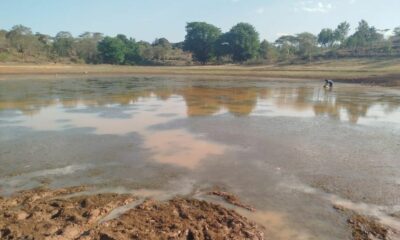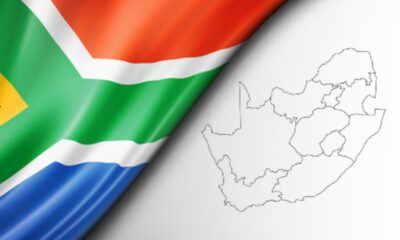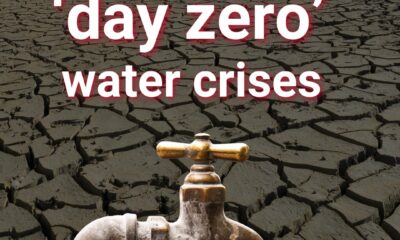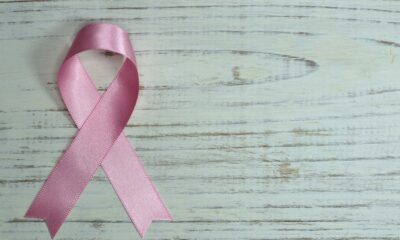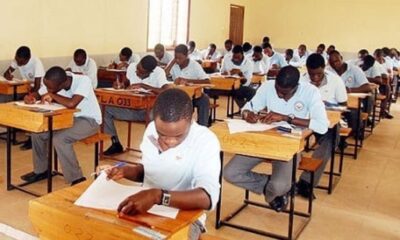News
Bacteria in the Taps: South African Schools Fail Water Safety Tests
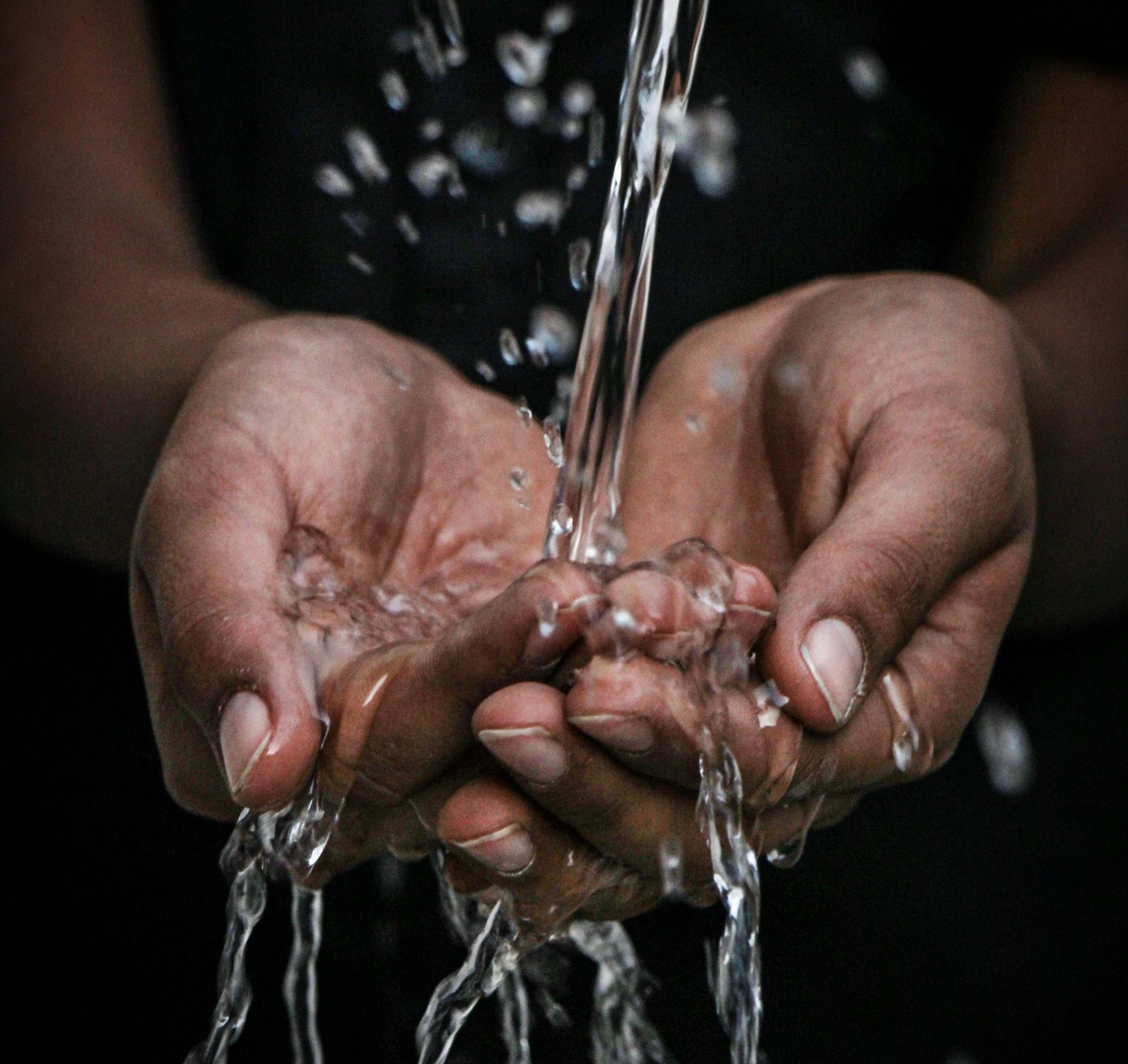
A water safety project meant to empower young learners has instead exposed a silent crisis in our schools where drinking from the tap could be making children sick.
In March 2025, during World Water Month, a group of students at almost 100 schools across the country rolled up their sleeves for a hands-on science lesson: testing the safety of their school’s drinking water. But what they found has shaken communities, teachers, and parents alike.
Out of 53 test samples analysed in the School Water Quality Testing Project, a worrying 43% were found to be unsafe for human consumption.
Water You Can’t Drink
The project was spearheaded by WaterCAN, a civic and environmental watchdog, and supported by the Water Warriors Collective. Using specially developed Citizen Science Water Test Kits, learners tested water from school taps, JOJO tanks and nearby rivers. While most chemical readings came back safe, the bacterial results were alarming.
The worst offenders? JOJO tanks. Of the 19 tanks tested, a staggering 73% were contaminated with bacteria, including E. coli. Municipal tap water and rivers didn’t fare much better, with one in four tap samples and two-thirds of rivers showing unsafe results.
According to the report, “poor municipal water quality, lack of tank maintenance, and failure to regularly clean storage systems” are likely to blame.
For many learners, it means that even the water they rely on every day isn’t safe.
A Child’s Right, Not a Luxury
Access to safe water is enshrined in South Africa’s Constitution and closely linked to a child’s right to basic education. But the stats paint a grim picture. WaterCAN estimates that:
-
Nearly 11,000 public schools lack even a single flushing toilet
-
At least 383 schools have no access to running water
-
Up to 25% of schools may have non-functional water systems
That means thousands of South African learners are studying, eating, and playing at schools where water is either contaminated or completely unavailable.
It’s not just about thirst or hygiene. Poor water access disrupts schooling, causes class closures during water outages, and compromises sanitation. In many cases, pit latrines still exist, especially in rural schools — a known danger, particularly for young girls.
“It’s Not Just a Health Issue, It’s an Education Issue”
WaterCAN says what we’re facing is more than a health concern.
“Unsafe water is not just a health issue. It’s an education issue, a gender issue, and a human rights issue,” the group said in the report.
When bathrooms are unhygienic or broken, and there’s no running water or soap to wash up, it puts all learners at risk — especially during outbreaks of waterborne diseases.
Citizens Taking Charge, But Where’s Government?
The School Water Quality Testing Project was never designed to shame schools, but rather to promote citizen science and empower learners to become changemakers. But with only 95 schools tested out of over 24,000 across the country, the results offer just a snapshot — and it’s not pretty.
The project has sparked fresh calls for a nationwide, government-led intervention. That includes regular water quality testing in all schools, funding to clean and maintain tanks, and fast-tracked infrastructure upgrades.
“This project proves that citizen science works,” said WaterCAN. “It empowers communities and exposes risks. But it also shows us that more must be done.”
Social Media Reacts: “This Should Be a National Emergency”
As the findings made their rounds online, the public reaction was swift and emotional.
On X , users called the situation “disgraceful” and “a ticking time bomb.” One parent posted, “My daughter drinks water from a JOJO tank every day. What now?”
Others pointed fingers at government departments, asking why basic services like clean water and safe toilets are still not a given in 2025.
Non-profit organisations, local leaders, and parents’ groups have begun sharing the report across WhatsApp and community forums, urging schools to do their own testing and share results publicly.
What Happens Next?
The Water Warriors Collective says the fight isn’t over. They’re planning follow-up actions at affected schools, including:
-
Posting “Do Not Drink” warnings
-
Retesting water samples
-
Pushing local municipalities to clean and upgrade tanks
-
Engaging the Department of Basic Education for a national response
But until safe drinking water is guaranteed for every child in South Africa, this isn’t just a school issue. It’s everyone’s issue.
Source:Business Tech
Follow Joburg ETC on Facebook, Twitter , TikTok and Instagram
For more News in Johannesburg, visit joburgetc.com

